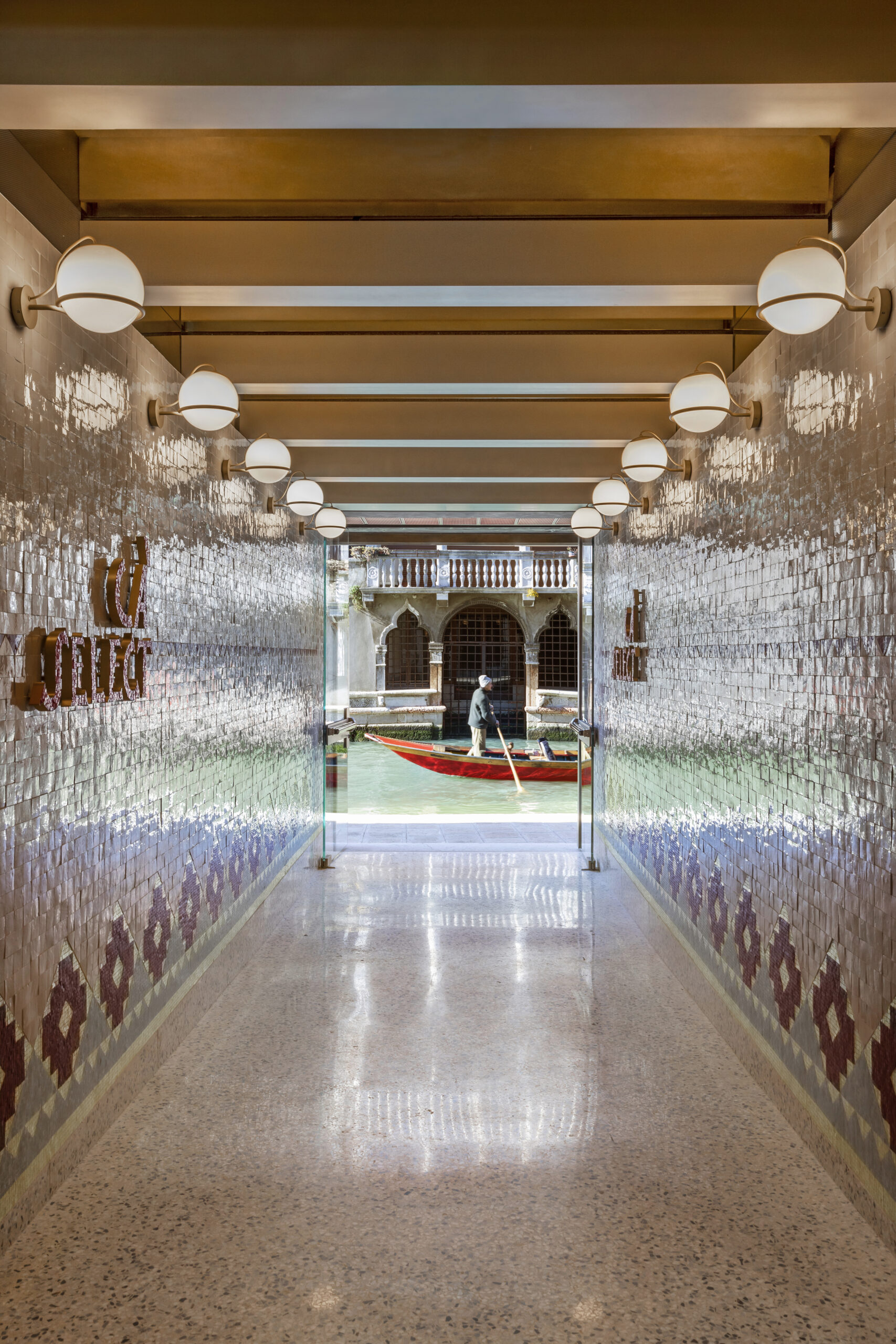Interview | Marcante-Testa
The Marcante-Testa studio was born from the union of two prominent personalities, Andrea Marcante and Adelaide Testa, respectively architect and designer, minds of what is today a guarantee for all those who wish to give life to unique and highly distinctive interior projects.
The atmospheres created by Marcante-Testa harmonize the multiple elements of living, simultaneously embodying seriousness and fun, authenticity and refinement and much more.
Over the years, the quality of their work has not only awakened the interest of enthusiasts in the sector, but has also obtained numerous recognitions and awards.
In light of the collaboration that involved Marcante – Testa and Salvioni Design Solutions in the waters of Venice, we asked the founders to tell us about their studio and to share with us part of their vision in both the architectural and design fields.
1. The interior design projects you curate always have a unique touch, the result of a clever combination of pleasantly retro stylistic elements with other more typically contemporary ones. What are the elements of interior design from the past that you like to re-propose most frequently in your projects? From which twentieth-century styles do you draw your inspiration?
Each of our interior design projects has a precise relationship with elements of our past. We analyze the history of a building and its physical, cultural and social relationships with the place in which it is located and from this assumption we begin a theoretical process capable of supporting and relating the different design choices and the different historical contexts of reference.
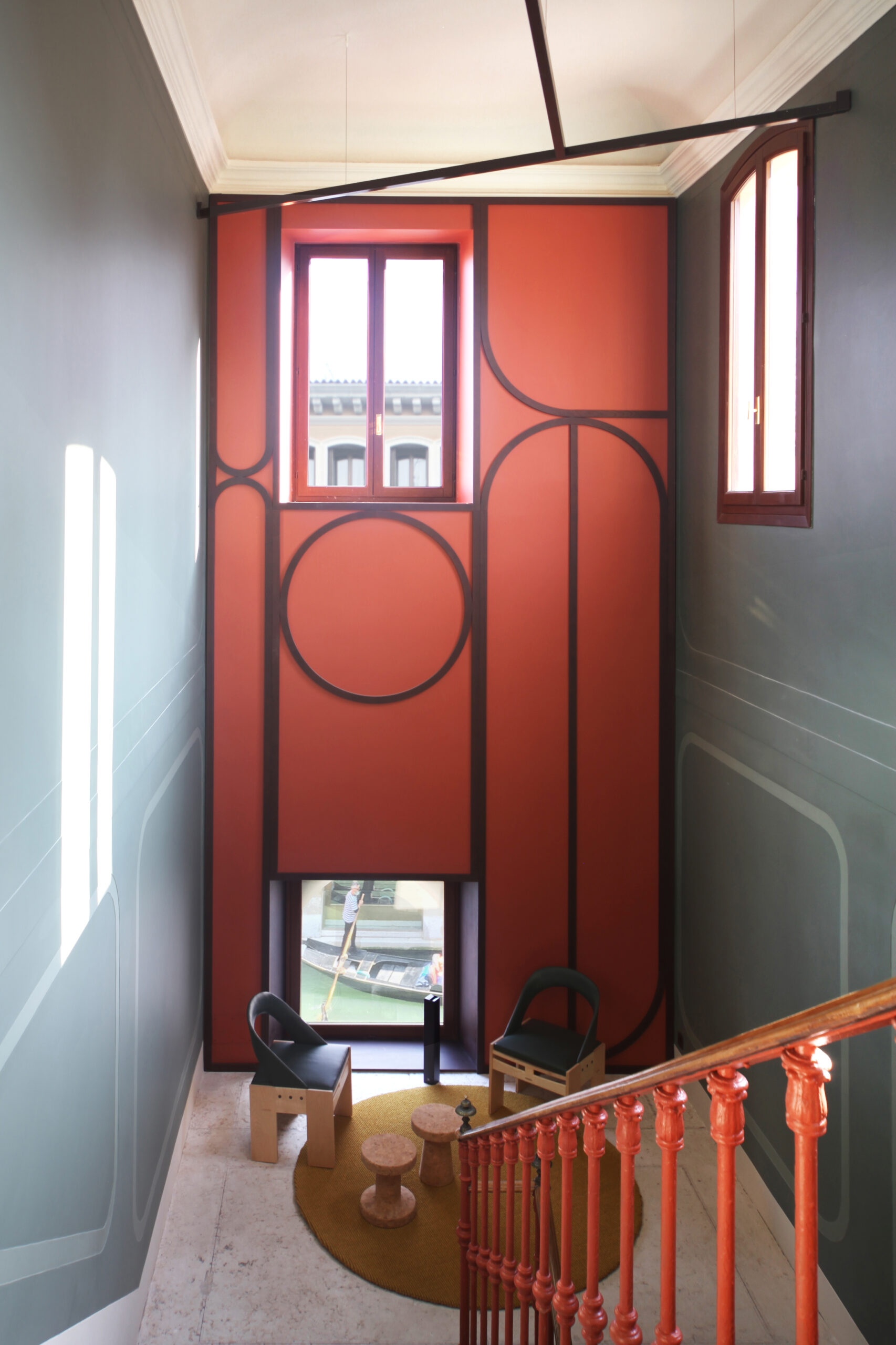
2. Another distinctive element of your style is a wise use of color nuances. How important is color in interior design for you? How do you approach this aspect of design?
For us, color is a fundamental tool in architecture to give structure to space, orient perception, and give meaning to the theoretical assumptions we have given ourselves. Color is never an end in itself.
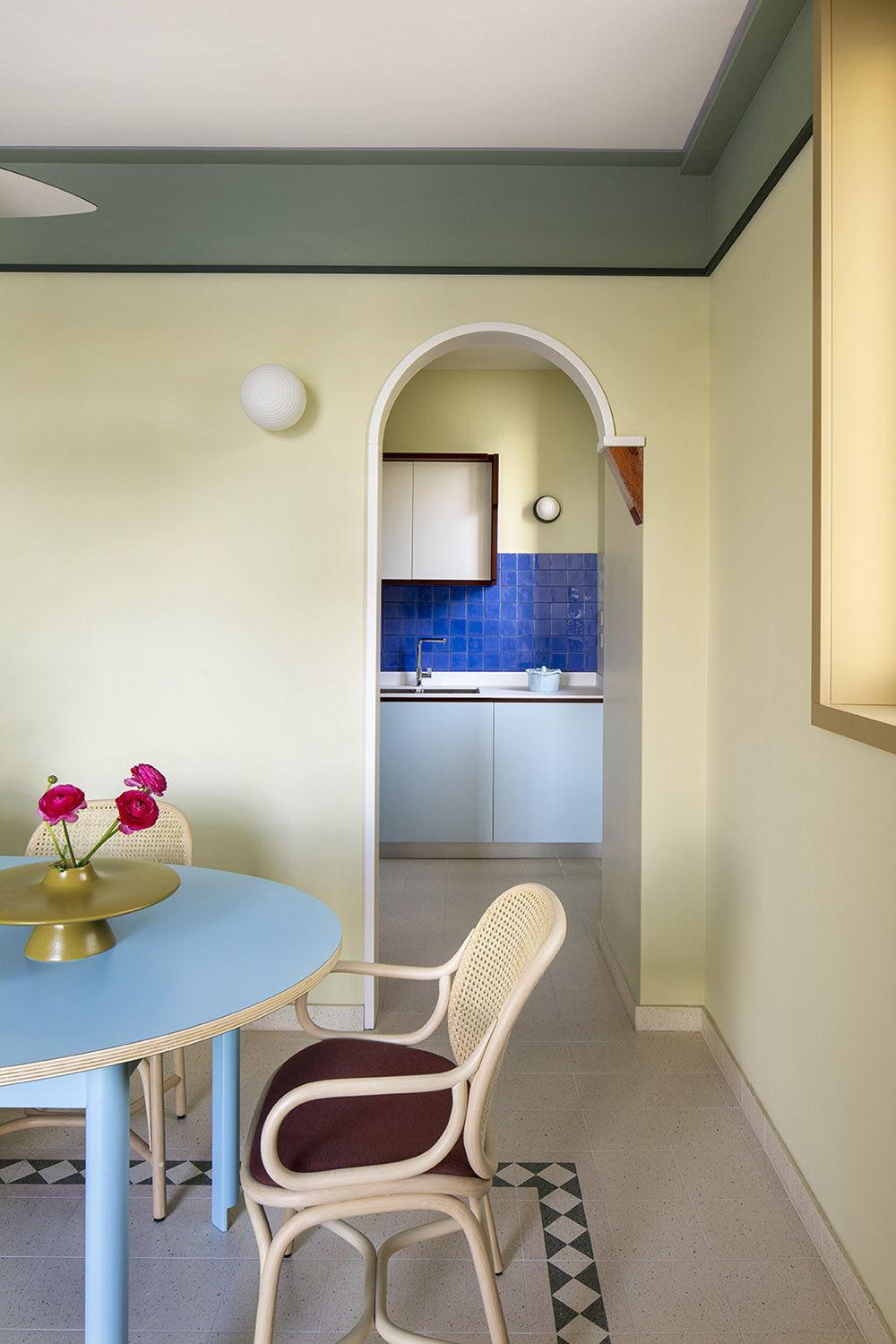
3. Marcante-Testa is one of the most appreciated Italian interior design studios abroad: for example, you are among the very few of our compatriots who can boast the selection in the French edition of the AD 100, which brings together the 100 most important names in contemporary design selected by the French editorial staff of the prestigious magazine Architectural Digest. In your opinion, what are the fundamental aspects that have allowed such an international affirmation?
For us, each project is a specific, unique and unrepeatable narrative, carried forward by theoretical research and constant experimentation that we believe has allowed us to have an original language, recognizable outside of fashions, stereotypes and strongly standardized trends.
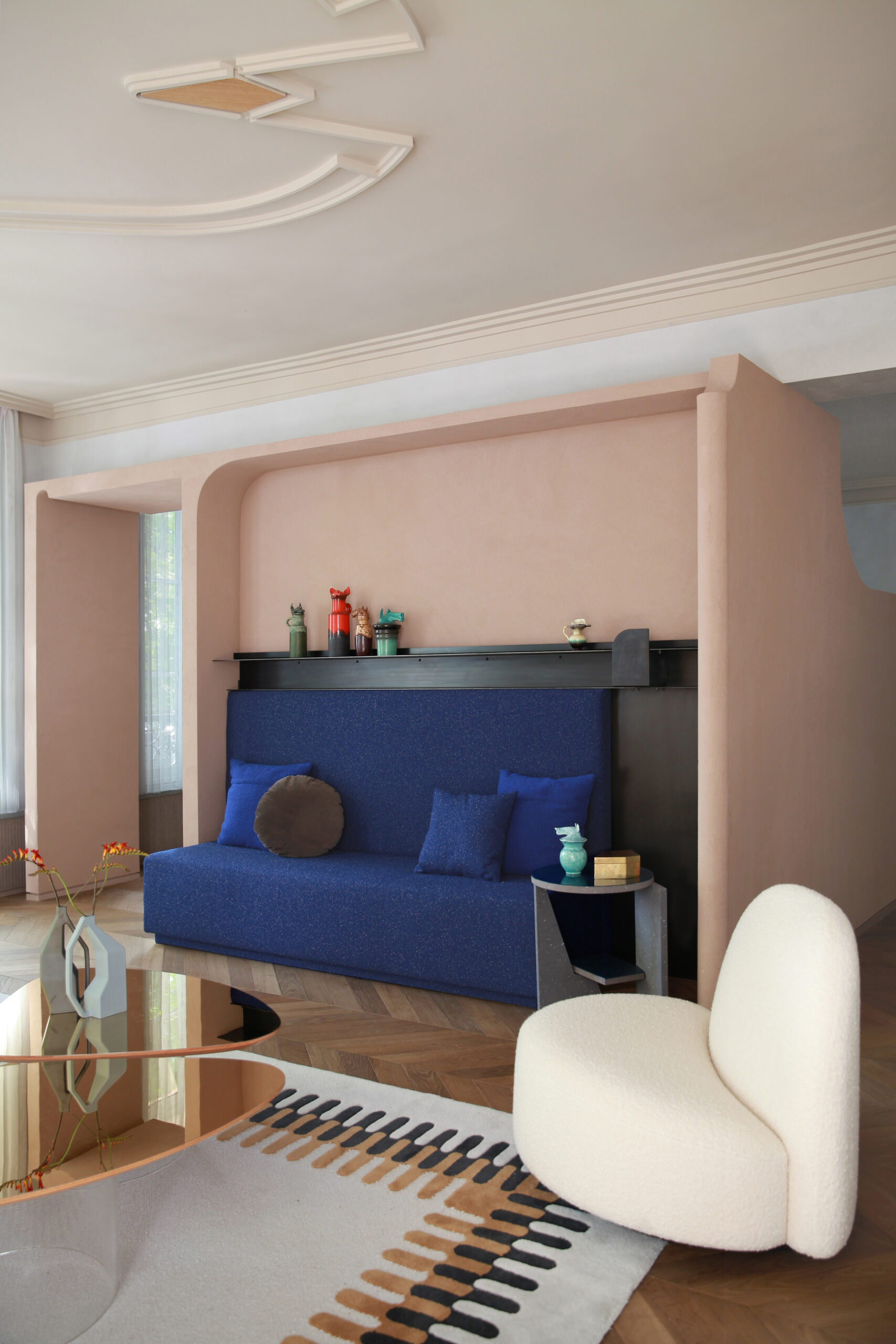
4. Your activities also include university teaching at important universities. What are the most important pieces of advice you would give to a young person who wants to approach your profession?
You need to have a critical, original and interdisciplinary approach to the project. As teachers, in this historical moment, we believe it is important to train flexible designers to adapt to contexts that are constantly and rapidly evolving. We need to raise awareness among those who will do this profession tomorrow about the need to carry out responsible projects capable of addressing the urgent economic, social, cultural and environmental challenges that our society is posing to us. For some years, the studio has created the Atelier Marcante-Testa, a new reality to tell the themes of interior architecture through teaching modules, in order to provide professionals and companies with creative suggestions and the tools to make them concretely achievable. In the last two years, the proposed Ateliers have been followed by more than 300 professionals and companies including the Marazzi group and the Benetton group for specific training activities.
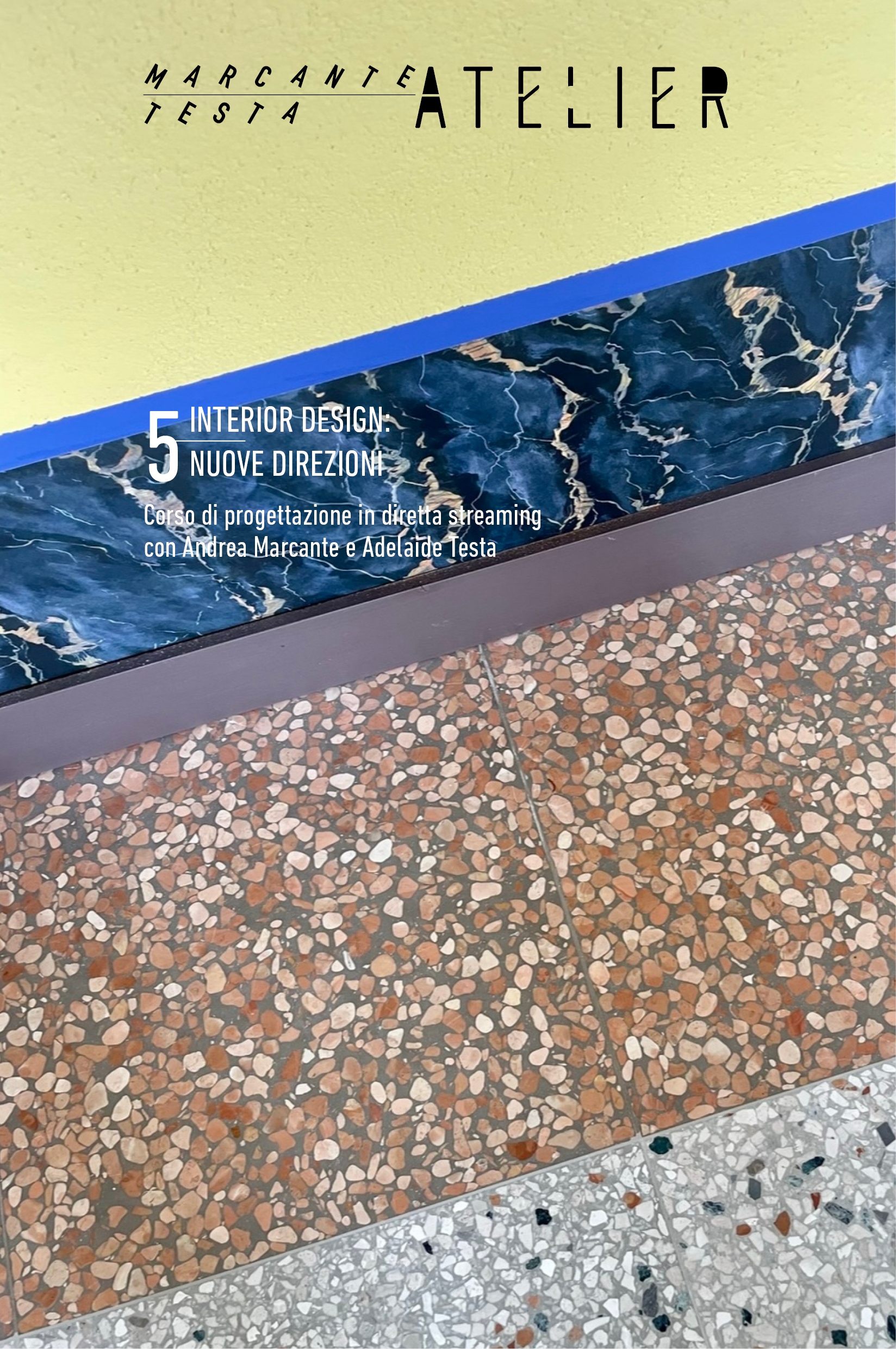
5. In recent years you have also approached the world of serial product design, with collaborations with brands such as Carpet Edition, Ex.t or SEM. What relationship do you think exists between interior and product design? Are they very different worlds or do the points of contact prevail? Do you intend to continue along this path or were they more occasional experiments?
From the daily design of interiors and the relationship with customers we obtain data that, reworked, become trends and tendencies that are valuable for companies, not only for product design, but in general for all those aspects that a company in the sector must consider today to develop its own identity, define a brand positioning consistent with its DNA and communicate effectively to the market through all means of communication, both traditional and digital. From these assumptions the studio carries out constant brand consultancy with companies in the sector, both in the capacity of artistic direction and product design, and for specific consultancy relating to colors and materials. We called this service CONTENT&CONTEXT to express the idea that the design of a material, a piece of furniture or simply the choice of a color can never ignore a broader vision of the context in which it could be placed: an interior design element is always interconnected with the others on which its correct valorization depends.
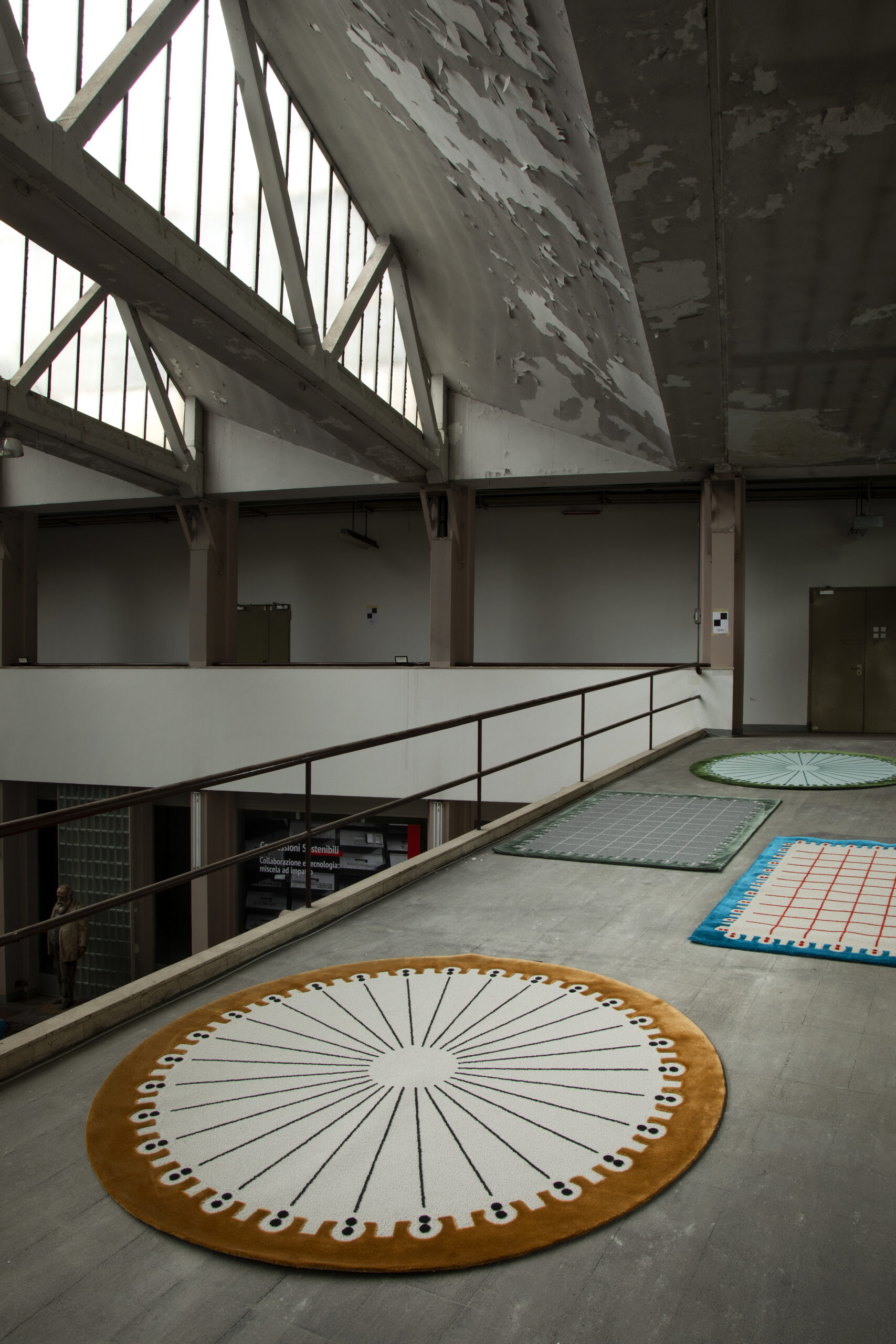
6. We collaborated with you on the Ca’ Select project in Venice, the new home in the lagoon of the traditional bitter that is one of the historic ingredients of the spritz. Could you tell us more about this project?
The Montenegro Group asked us to create a “Home” in Venice for the Select brand, whose return to the city where it was born more than a hundred years ago was a significant event.
Ca’ Select is a multifunctional space that hosts part of the Select production, a museum on its history and an events space open to the city of Venice. Our project tells the story of a Venice capable of drawing on the uniqueness of its history through the lenses of contemporaneity to give Select a home that highlights its past and future ties with this city.
We were very gratified by the unexpected media response and by the fact that authoritative trade publications, such as the Dutch magazine “Frame”, highlighted the importance of this project in seeking, through a commercial operation, to protect an extraordinary cultural heritage that is in danger.
